Ada Byron
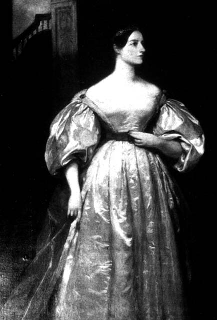
Ada Byron, Countess of Lovelace, was a British mathematician who lived between
1815-1852. She was a major influence in computer programming. Computer
programming is essential for building space shuttles and satellites
and in analyzing scientific data.
Byron published "Sketch of the Analytical Engine" which discussed Charles
Babbage's analytical engine (later to be known as the first computer). Her work
was based on the writings of the Italian mathematician Luigi Menabrea, and
meetings with Babbage himself.
Byron designed the "punch-card" program which was a program that gave
instructions to a computer. She also created the computer law known as GIGO
(Garbage In, Garbage Out). This law basically states that a computer can use
only what is put into it. In other words, a computer cannot have a mind of its
own.
Because of Byron's pioneering efforts in the computer era, the U.S. Department
of Defense named a computer programming language (ADA) after her in 1977.
You might also be interested in:

What types of instructional experiences help K-8 students learn science with understanding? What do science educators teachers, teacher leaders, science specialists, professional development staff, curriculum designers, school administrators need to know to create and support such experiences?
...more
Charles Darwin was an English Naturalist who lived between 1809-1882. He laid the foundations for the modern science of biology, and changed how other scientists understood the appearance of life on Earth.
...more
Christian Doppler was an Austrian mathematician who lived between 1803-1853. He is known for the principle he first proposed in Concerning the coloured light of double stars in 1842. This principle is
...more
Ben Franklin was an American scientist and statesman who lived between 1706-1790. At a time when little was known about electricity, he carried out many experiments to learn of its dangers and possible
...more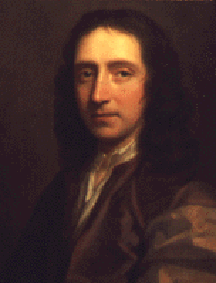
Edmond Halley was an English astronomer who lived between 1656-1742. Using historical records, his own observations, and Newton's universal law of gravitation, he reasoned that the comets which had appeared
...more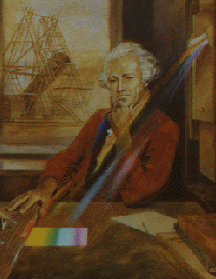
William Herschel was born in Germany and lived in England as he worked as an astronomer. He lived between 1738-1822. He built high magnification telescopes that let him observe the heavens with greater
...more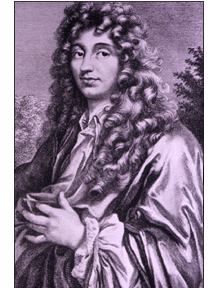
Christian Huygens was a Dutch physicist and astronomer who lived between 1629-1695. He found new methods for grinding and polishing lenses, making telescopes more powerful. Using a telescope he had made,
...more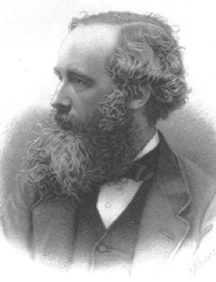
James Clerk Maxwell was a Scottish physicist who lived between 1831-1879. He studied Saturn's rings and suggested that they were composed of solid particles. This theory was confirmed 100 years later
...more















